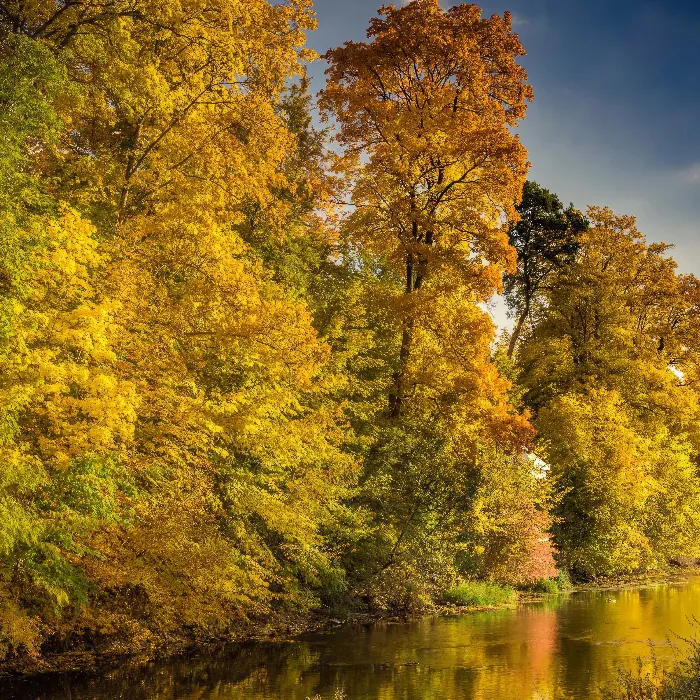The visual design of an image plays a crucial role in photography. Especially in autumn, when nature shines in colorful hues, it's important to make optimal use of the various image elements. In this guide, I will show you how to effectively integrate important structures and contrasts into your image composition. You will learn how to create impressive photographs through the skillful arrangement of elements and consideration of light gradients.
Key Insights
- Different structures and contrasts give images dynamism.
- Line management directs the viewer's gaze and creates tension.
- Lighting conditions are crucial for the image's effect and mood.
- By purposefully combining image elements, you can significantly influence the character of your shot.
Step-by-Step Guide
1. Focus on the Structures
To take the first step into photography, first pay attention to the structures in your environment. A meadow, for example, has a different structure than a field that has recently been tilled. The contrast between these elements can add exciting depth to your image.
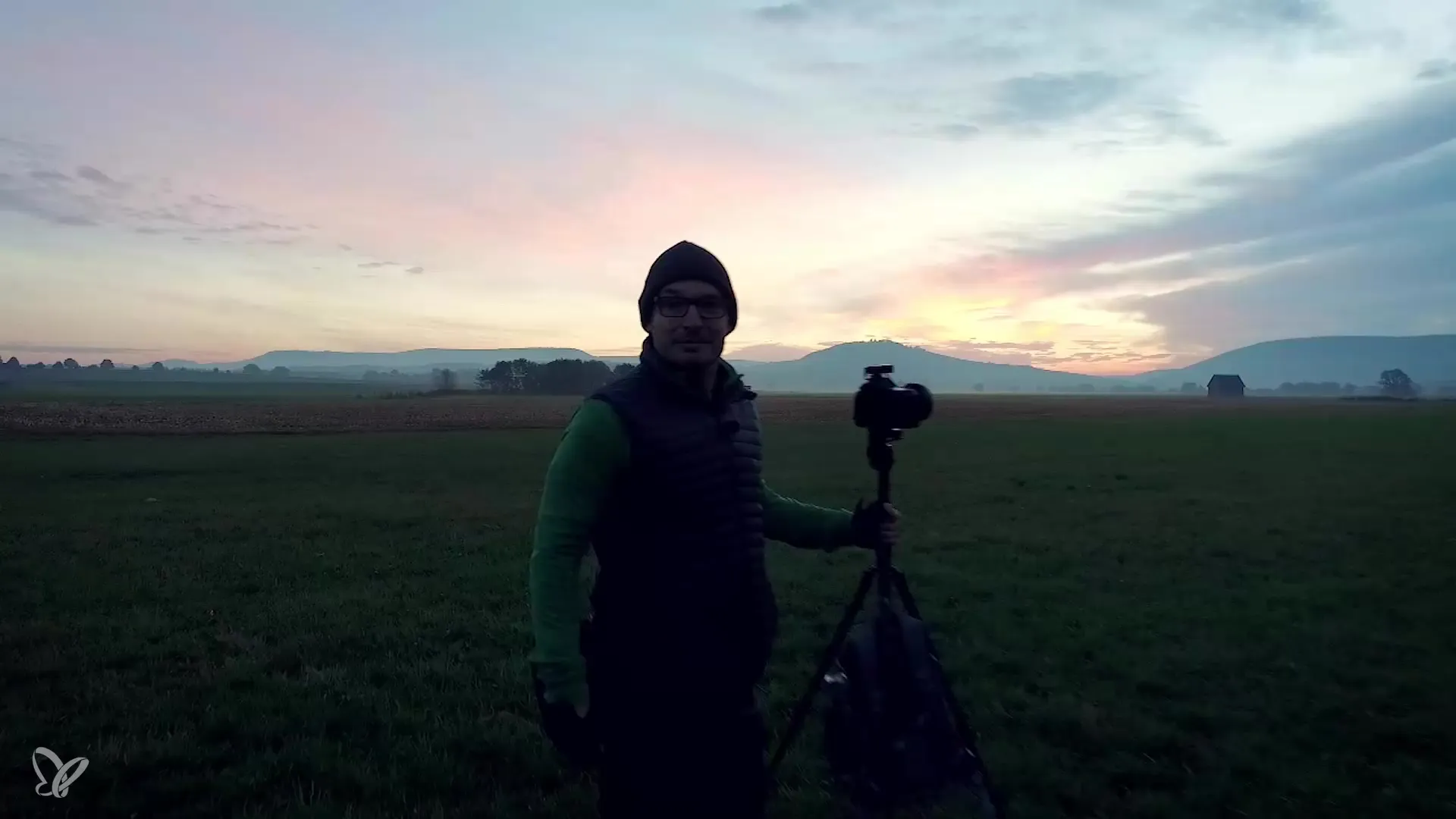
2. Create Contrasts
To generate dynamism in your image, you should emphasize different contrasts. You have the option to combine hard and soft structures. An example would be the transition from a gentle meadow to a stubbly field. Such structures create visual interest and guide the viewer's eye.
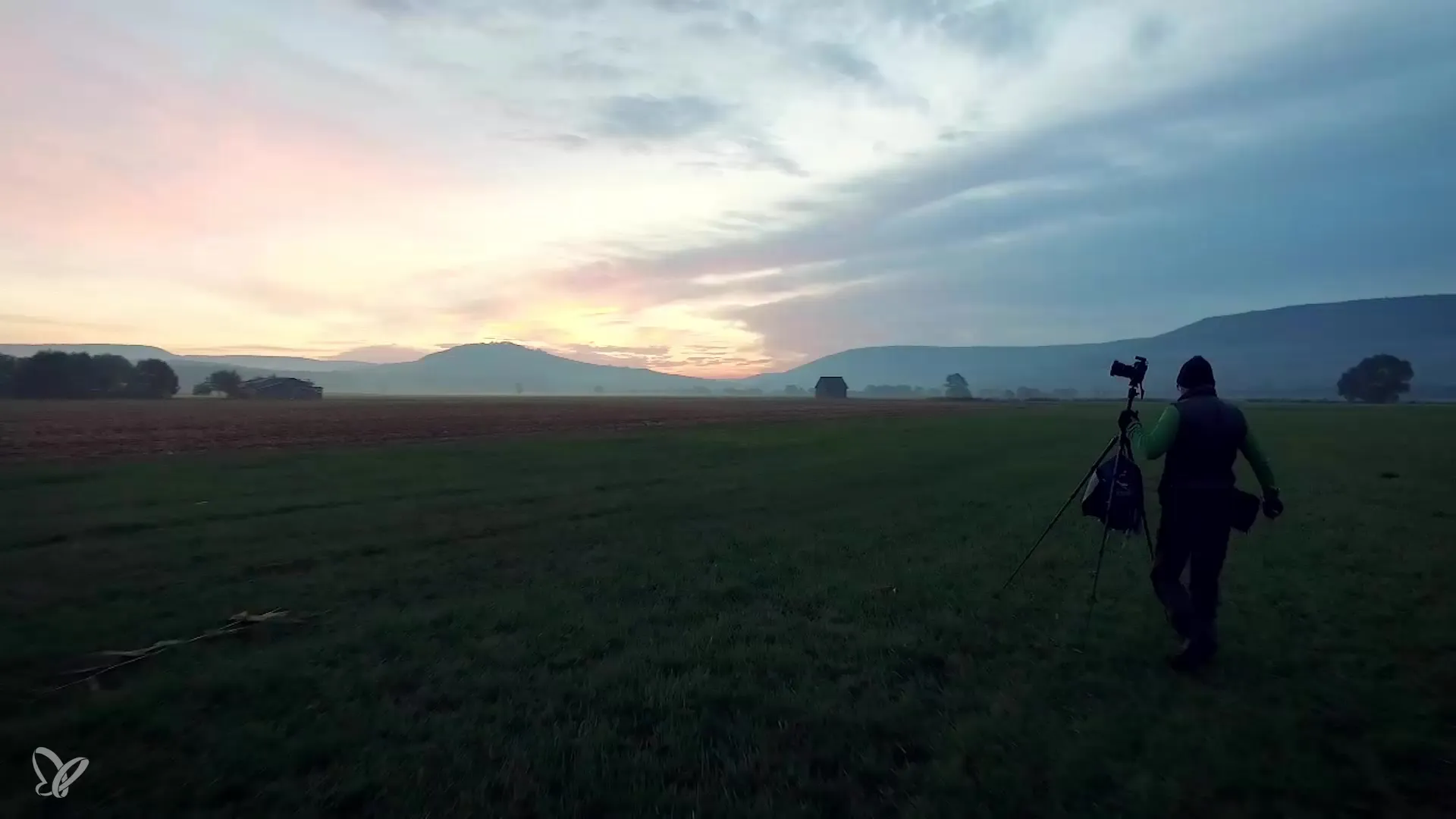
3. The Importance of Lines
Lines bring movement to your image. Pay attention to how different structures are arranged within your frame. A leading line can purposefully direct the viewer's gaze and help them navigate through the image. This contributes to the tension of the composition and leads the eye across the image area.

4. Combine Different Image Elements
An interesting image contains different image elements such as color contrasts and light gradients. Observe the sky during sunrise; the various shades of red and possibly blue mist add character and mood to your image. Here, you can experiment artistically with contrasts and structures.
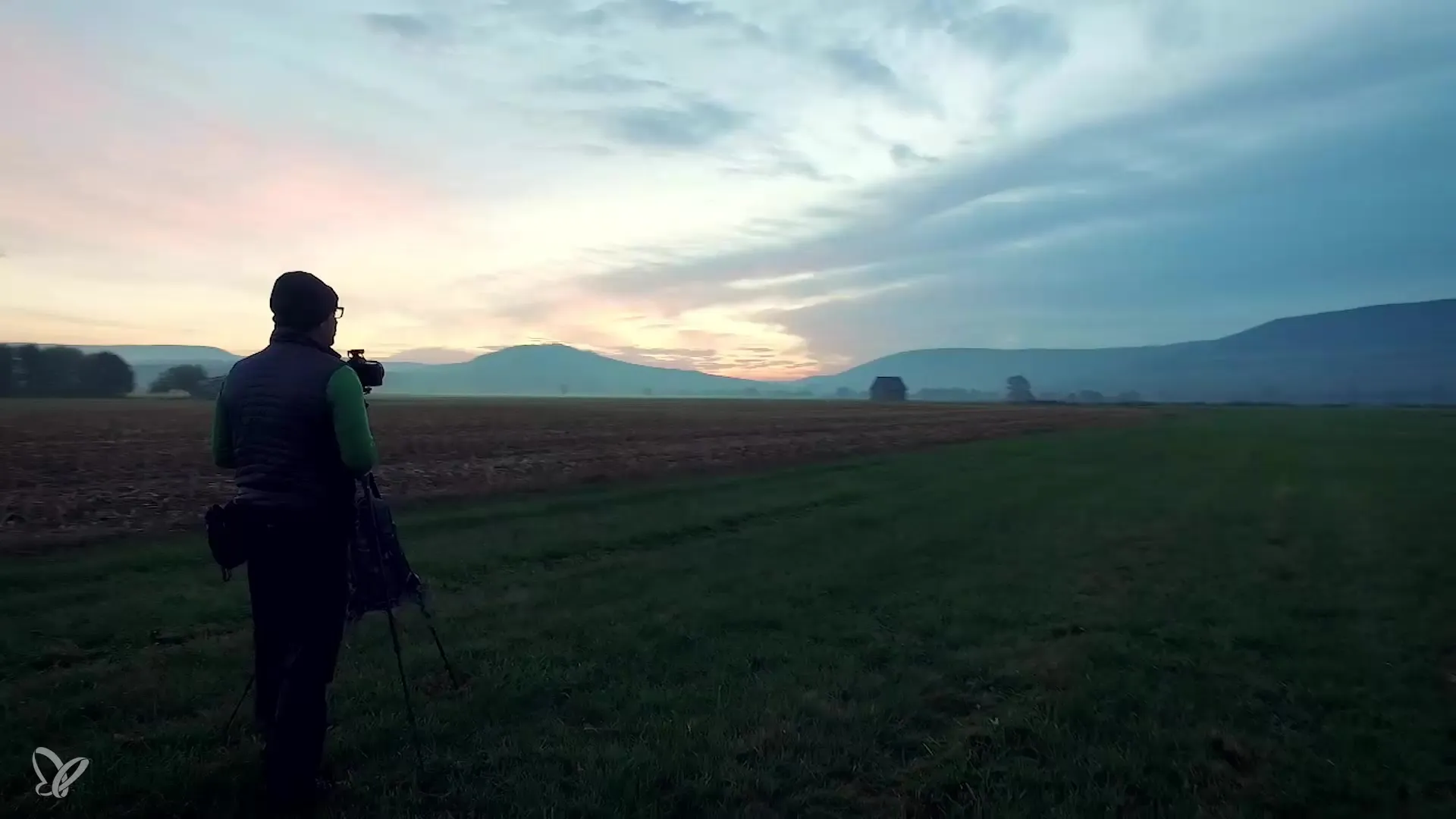
5. Optimize Exposure
The right exposure is crucial for depicting light and shadow in your image. An automatic exposure can make your life easier, especially with changing lighting conditions. However, if you tend to overexpose, be ready to manually adjust your exposure compensation.
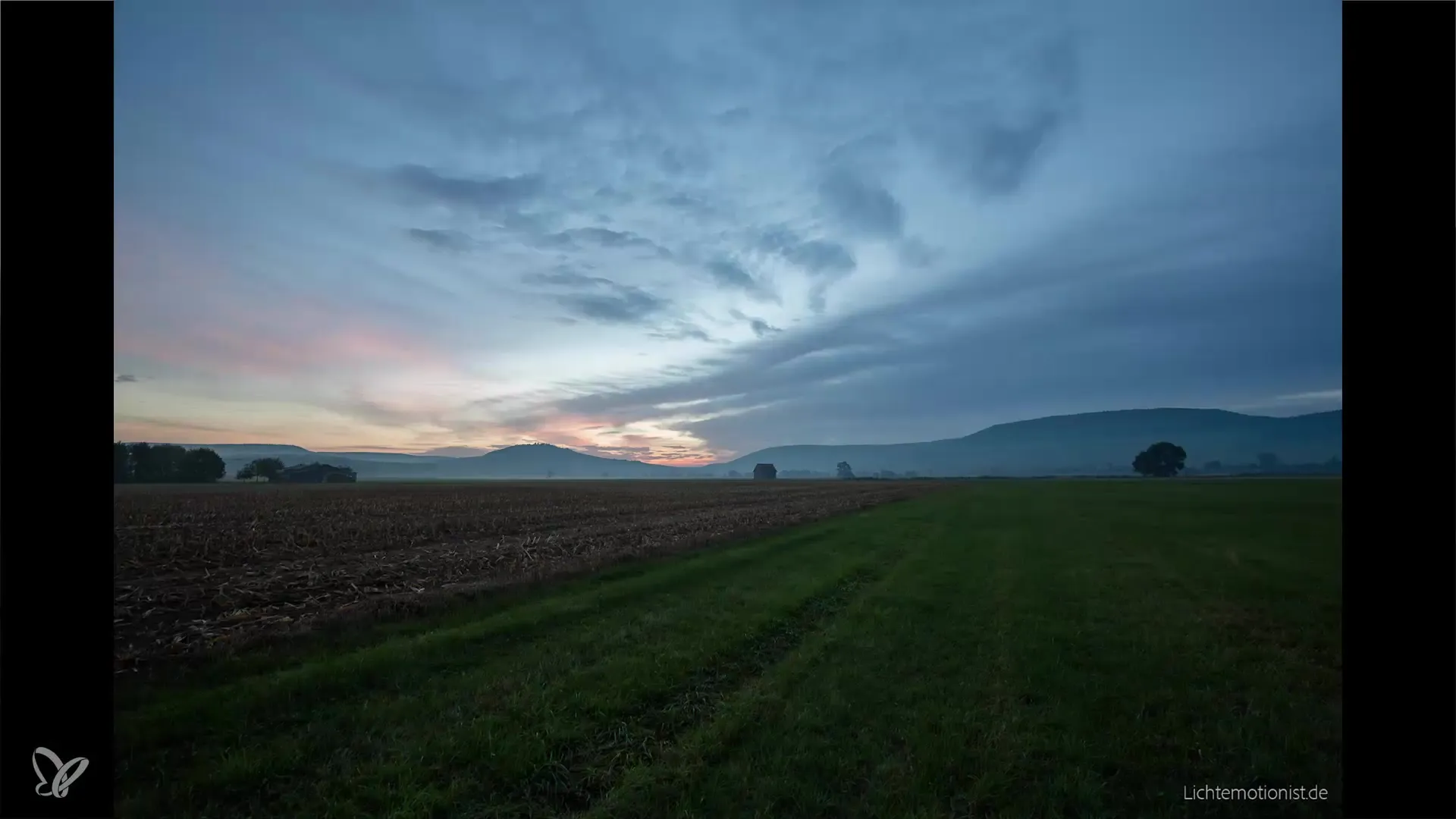
6. Play with Colors
Let yourself be inspired by the colors that the autumn landscape has to offer. Shades of red, green, and brown can evoke different moods. By paying attention to the subtle color nuances and integrating them into your composition, you can greatly influence the message of your image.
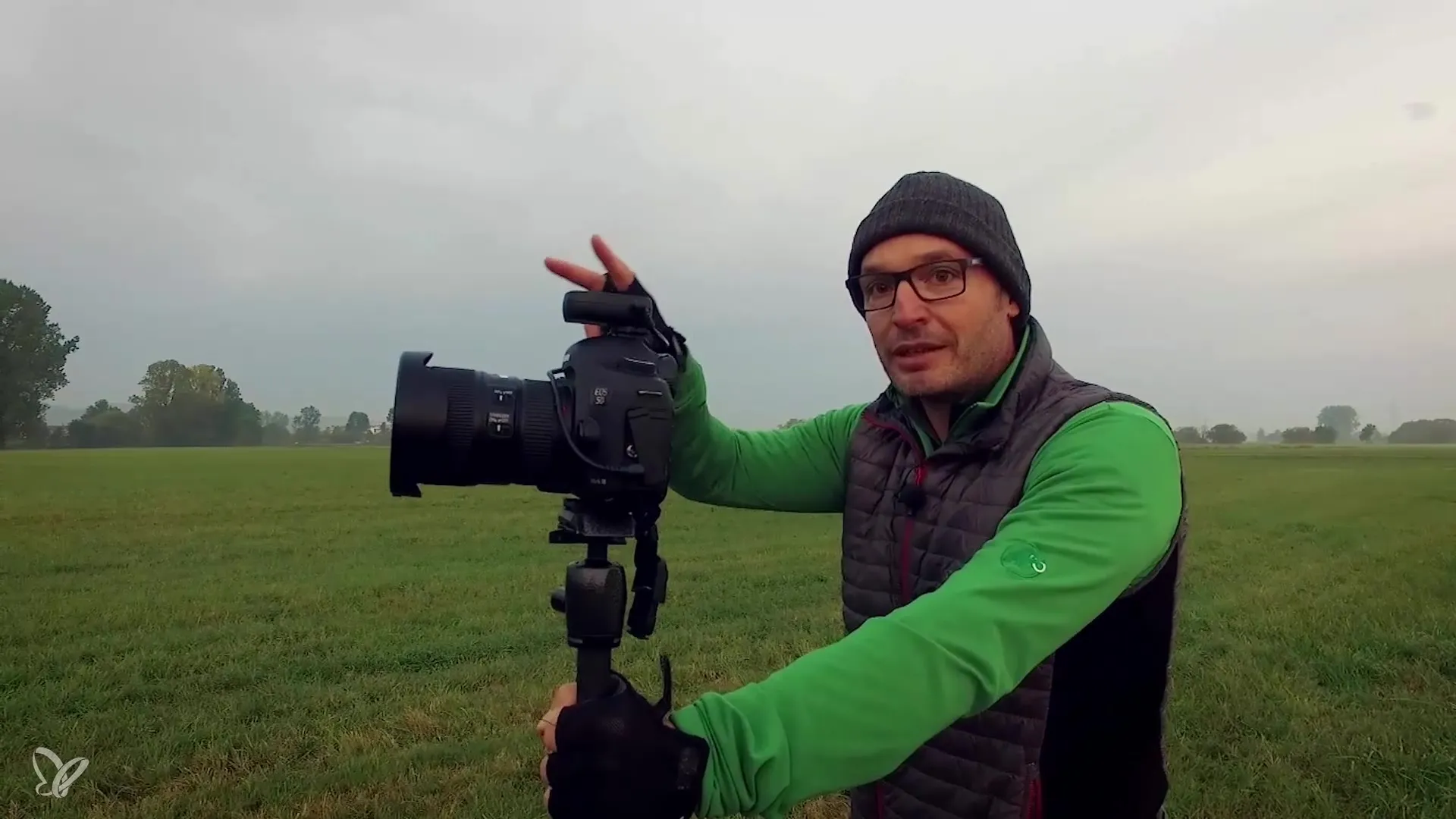
7. Combine Structures and Contrasts
Once you have developed a feel for the different image elements, experiment by combining structures and color contrasts. This could include combining hard and soft structures with varying light gradients to add extra depth to your shots.
Summary – Autumn Image Composition: The Secrets of Image Elements
The effective use of image elements requires time and practice. By focusing on structures, contrasts, and light gradients, you can greatly enhance the atmosphere of your photographs. Pay attention to which combinations work best for your shots and experiment with various techniques to ultimately refine the character of your images.
Frequently Asked Questions
How important are structures in image composition?Structures are essential as they create depth and visual interest.
Why are contrasts important?Contrasts add dynamism to your image and direct the viewer's attention.
How does light affect the image's impact?Light significantly influences the mood and color representation of your image.
What are the best tips for working with colors?Pay attention to the subtle nuances and combine them purposefully to control the mood.
